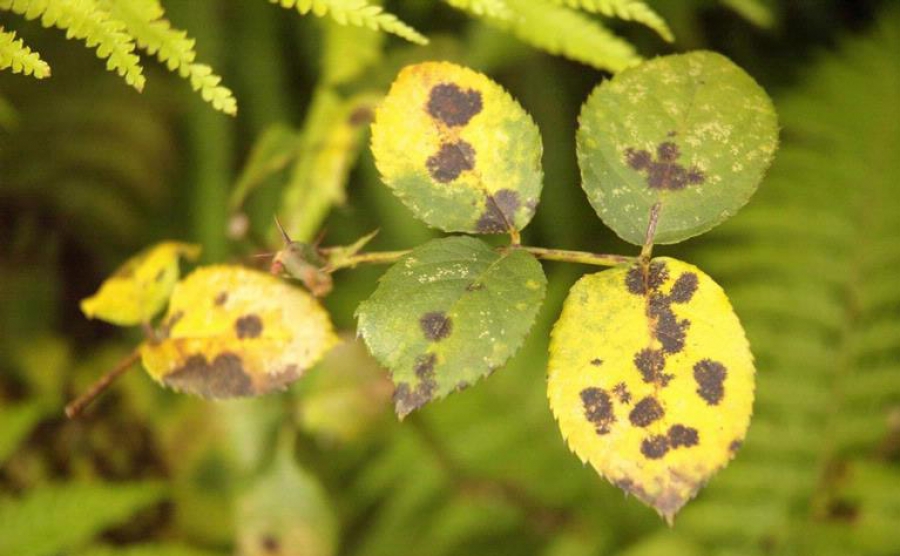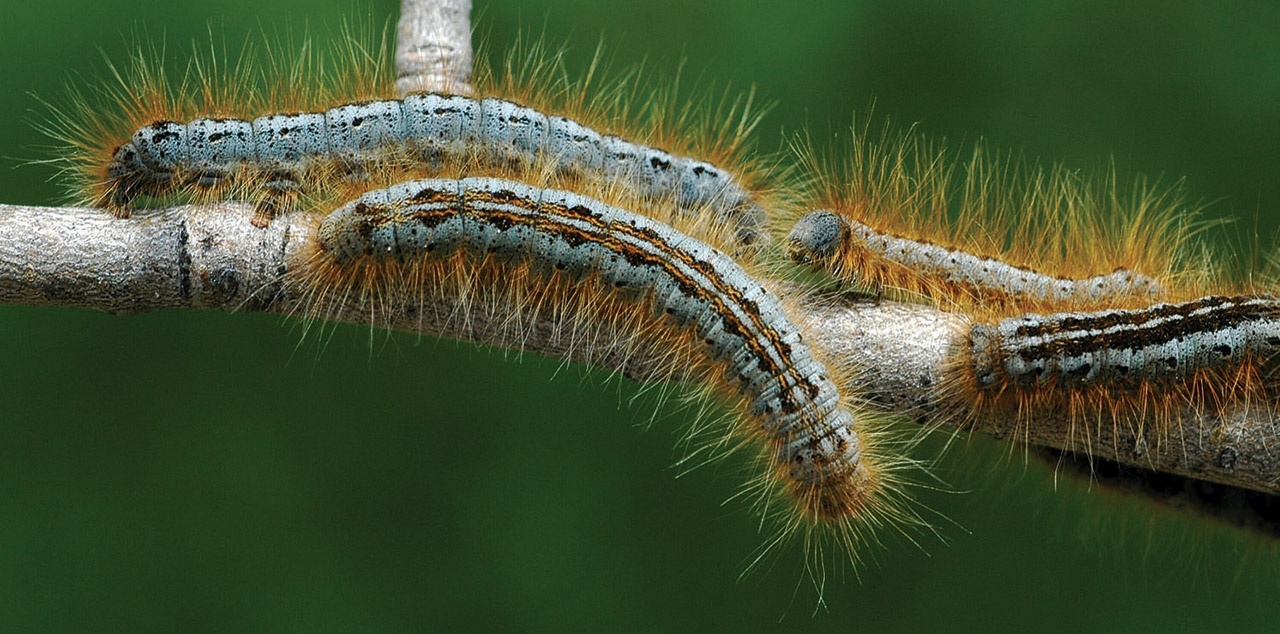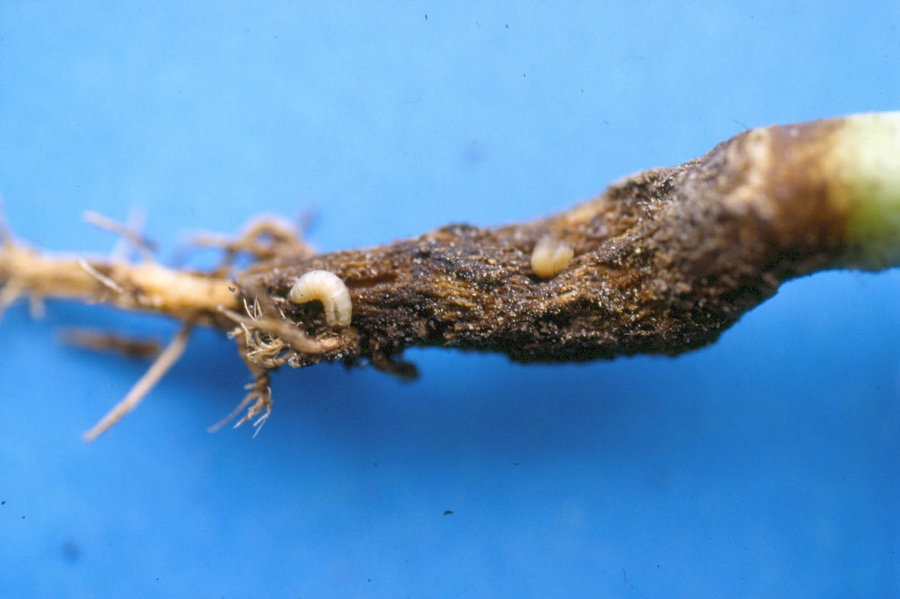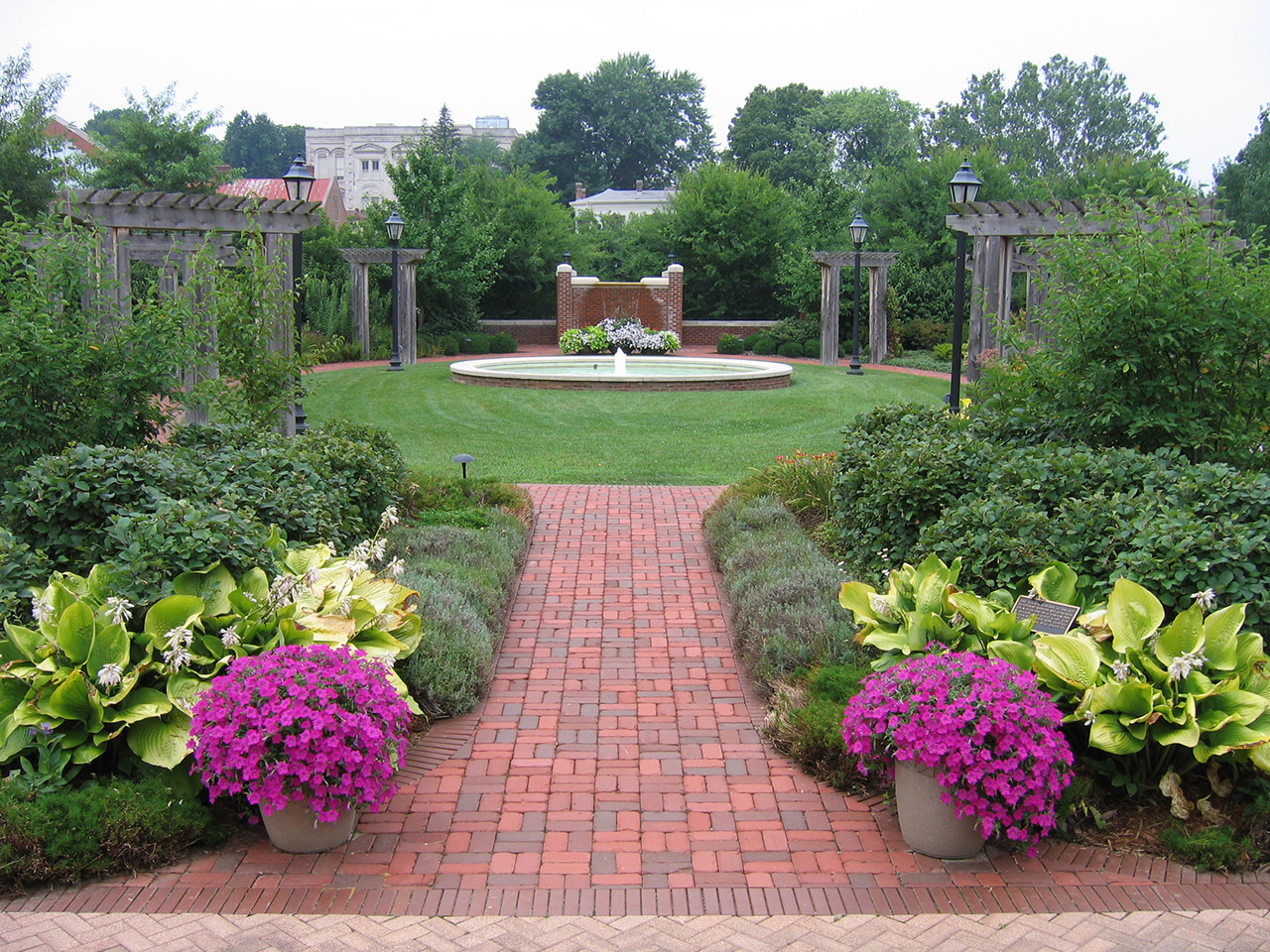Natural Pest Control: A Guide to Integrated Pest Management
All gardens encounter bugs, and some cause enough damage to warrant control measures. Pesticides, however, come with their own risks. Integrated Pest Management is an eco-friendly approach to controlling garden pests.

Integrated Pest Management
The most effective approach to identifying and controlling pests is Integrated Pest Management (IPM). Integrated pest management is used to evaluate pests’ life cycles and their interaction with the environment to determine the most economical means of control with the least possible hazard to people, property, and the environment, according to the Environmental Protection Agency (EPA). Natural pest control methods are often used as part of integrated pest management programs because it is the safest method for human health and the environment. Additionally, natural methods are often more cost-effective than synthetic products, according to John Berger, pesticide and disease control specialist at The Greenery, a Maryland-based nursery.
The Environmental Protection Agency offers the following integrated pest management steps for identifying and naturally managing pests:
-
Prevent. Integrate pest prevention measures during the planting process, such as rotating among different crops in agricultural settings and using natural fertilizer in non-agricultural settings. “A lot of damage can be prevented or remedied by feeding properly,” Berger said. Using local plants can also reduce or eliminate the need for pest control methods.
-
Set Action Thresholds. Determine the level at which pests will become an economic threat or will significantly damage plants, and pest control action must be taken.
-
Monitor and Identify Pests. Many insects and weeds do not necessarily require control and can actually be beneficial for plants. Monitor and identify pests to determine what kind of organisms are present and whether any present a threat to the garden or individual plants.
-
Control. If pest control is required, and preventative methods are no longer effective, evaluate the proper control method for effectiveness and risk. The most effective, least risky method should be used first, followed by more aggressive measures, if necessary.

Berger recommends using synthetic chemicals as a last resort. “You should try to use organic most of the time, but if after trying three or four times, and pests are still there, I usually recommend a chemical, because it’s a difficult situation,” Berger said. “Typically, when I sell a [synthetic] insecticide or fungicide, a lot of damage has been done.”
However, in certain situations that Berger recommends using synthetic products from the beginning. “If you have hybrid tea roses, I’m sorry, but you’re going to have to use chemicals, because they are high-maintenance,” Berger said. “To get rid of things that are on those types of roses, it takes a lot of work.” For example, black spot, caused by the fungus Diplocarpon rosae, is probably the most serious and damaging disease of outdoor roses and is commonly found in hybrid tea roses, according to the University of Illinois College of Agricultural, Consumer and Environmental Sciences. For such circumstances, Berger recommends starting with a synthetic pest control product, then switching to organic methods once pests and diseases are controlled.

The benefit of incorporating synthetic and organic materials is that the synthetic materials may be more effective, and then the organic materials can be utilized to maintain the pest- and disease-free garden or plants. “What I like to use is Thuricide, which is Bacillus thuringiensis (Bt). And there’s different types of that and they take care of budworms and all types of larvae — mosquito larvae, tent caterpillars, and webworms,” Berger said. “I can depend on an organic, like the Bt, because I’ve used the other products. They’re not [always] as effective, but they’re better for the environment.”
Diseases
Plant diseases, such a powdery mildew and sooty mold, can sometimes be more prolific than insects, especially when temperatures fluctuate, according to Berger. “When you have you go from low to high temperatures and eggs hatch, and then the temperatures decrease again (sometimes down to 42 degrees F or lower), most of the insects are killed,” Berger said. This frequent fluctuation in temperature and moisture often results in seasons with fewer pests and more disease, according to Berger. “The best organic for diseases is elemental sulfur or copper sulfate,” Berger said. “You can use them and harvest on the same day as you apply it.”
Control Methods
A wide array of natural pest and disease control methods can be incorporated into Integrated Pest Management. The Seattle Public Utilities Department outlines some of the most environmentally sound remedies for pest control:
-
Physical Measures
-
Removal: Pests and diseased plants can be picked, washed, or pruned.
-
Traps: Some pests, like slugs and moths, can be controlled simply by trapping and removal.
-
Barriers: Barriers vary in size, depending on the types of plants and pests present. For example, small cardboard collars can be used to keep cutworms out of a garden, but a large fence would be needed to keep large animals, such as deer, away from plants.
-
-
Beneficial Insects
-
Ground beetles eat slug eggs and young slugs, as well as other soil-dwelling pests.
-
Lacewings and their larvae eat aphids, scales, mites, and caterpillars.
-
Lady beetle larvae and adults feed on aphids, mealybugs, scales, spider mites, and insect eggs.
-
Hornets and yellow jackets are natural predators of many garden pests but should be used with caution due to the potential threat to people and pets.
-
Centipedes help to rid gardens of slugs, as well as a wide variety of small insects.
-
-
Natural Pesticides
-
Botanicals: These plant-derived insecticides are beneficial to plants but can be harmful to people and animals, so they should be used with caution. Neem oil, an effective fungicidal botanical, is least toxic to people and animals.
-
Biocontrols: These bacteria and fungi, including the aforementioned Bacillus thuringiensis, poison pests and rid plants of disease without harming the environment (and easily rinse away with vinegar and water, according to Berger).
-
-
Soaps, Oils, and Minerals
-
Horticultural oils: Oils help to rid gardens of mites, aphids, leaf miners, and mealybugs, amongst other pests.
-
Horticultural soaps: Soaps are ideal to dry out aphids, white flies, earwigs, and other soft-bodied insects. Soaps must be sprayed directly onto pests and usually require multiple applications.
-
Sulfur. This elemental control helps to rid plants of fungal diseases, such as scab, rust, powdery mildew, and leaf curl.
-

Application
Given the large number of pests and plant diseases, selecting the best natural method can seem a little overwhelming. However, a visit to the local nursery can help even the most novice gardeners find the most appropriate products for their respective situations. “If you go to a reputable nursery, they should be able to tell you exactly how to use the products and what to use to apply it—a sprayer, duster, or broadcaster,” Berger said. “Some [pesticides] are ready to use; you just have to open them up and spray. Some products have to be diluted in a bigger sprayer to cover more.”
For all organic sprays, repeat application can be the key, said Berger. “[Frequency] depends on the situation. Sometimes it’s instantaneous and all you need is one application. Sometimes you need three or four applications.”
Price varies based on product type. “Non-organic chemicals are going to be more expensive,” Berger said.

J. Mariah Brown
J. Mariah Brown is a technical research writer and the owner of Writings by Design, a comprehensive business writing service company that specializes in business development, promotion, and client outreach. She has worked in a variety of technical and non-technical industries including, but not limited to, Government, Non-Profit, Engineering, Translation and Interpretation, Christian and Women’s Publications, and Fashion and Beauty. She is a graduate of the prestigious E.W. Scripps School of Journalism at Ohio University and is currently pursuing a master's degree from Gonzaga University in Communication and Organizational Leadership.

